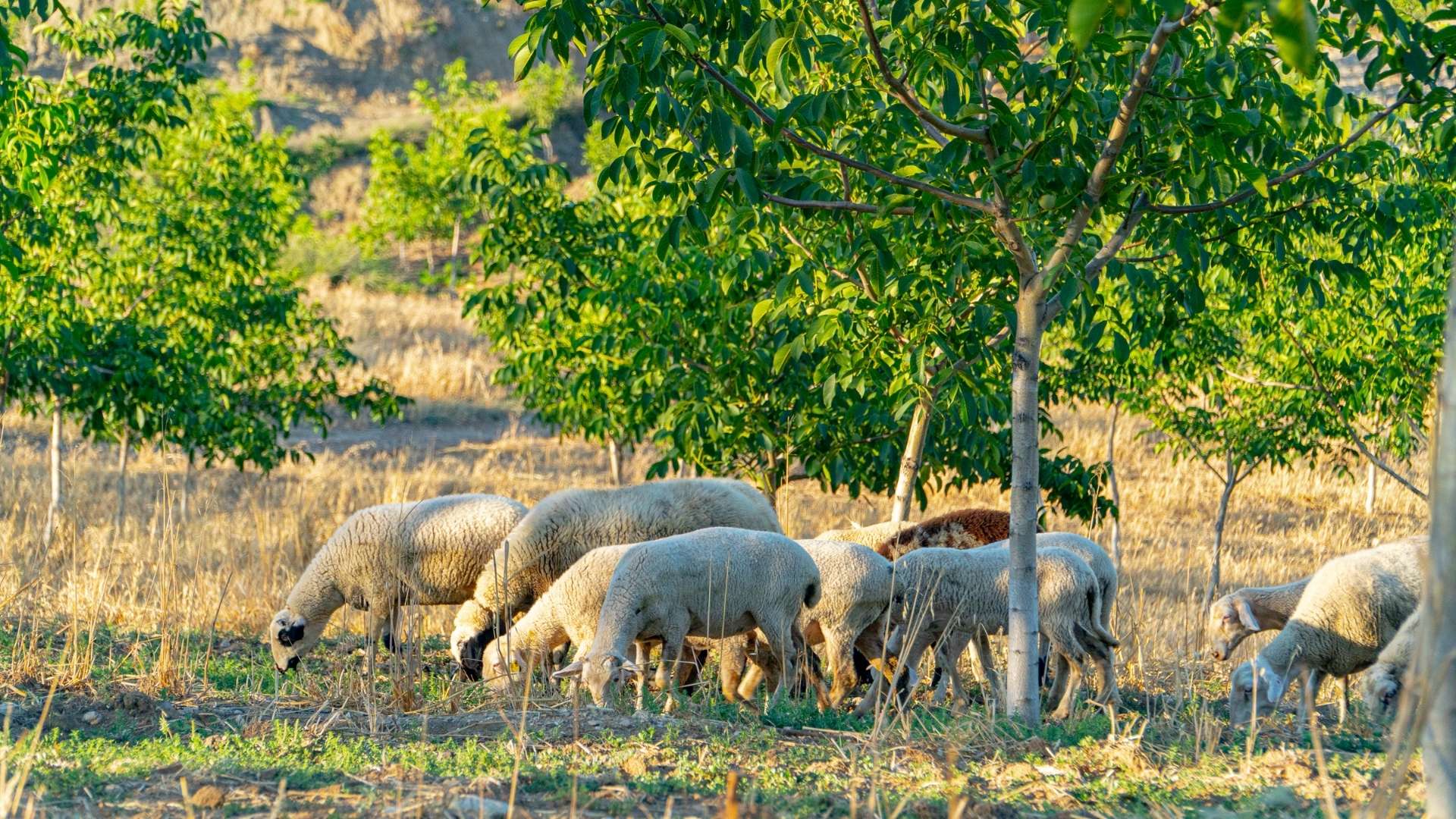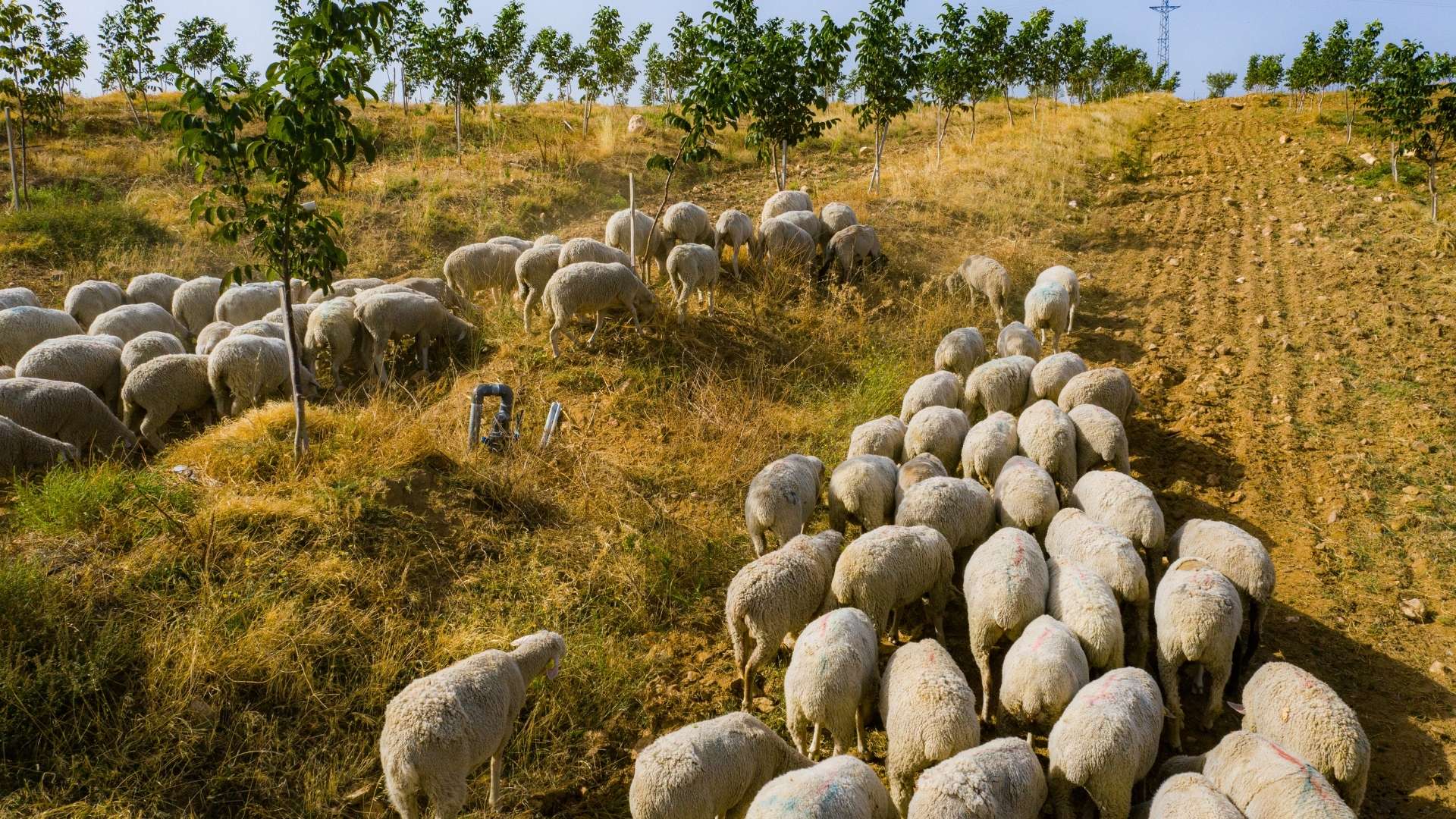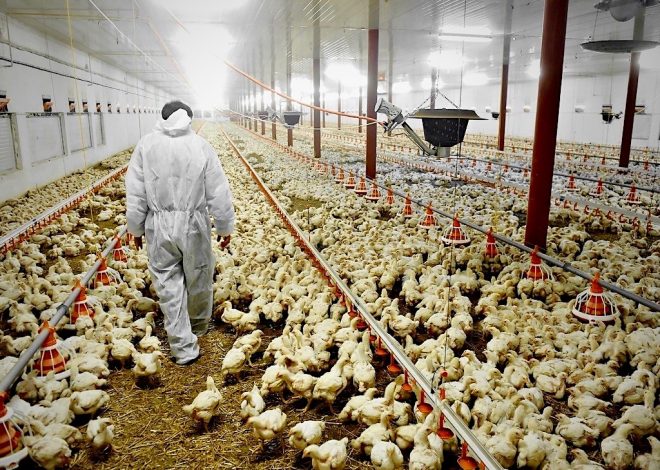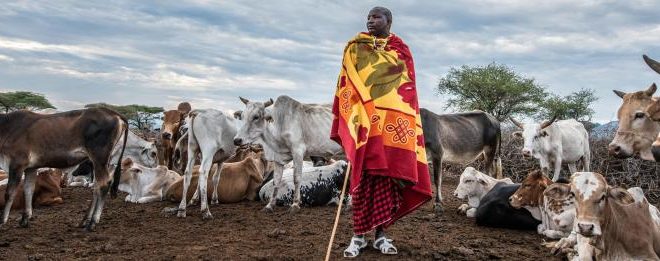
Livestock farming, also known as animal husbandry, is a cornerstone of agriculture with a rich history dating back to the dawn of human civilization. This article provides a comprehensive overview of livestock farming, highlighting its significance, various sectors, and the crucial role it plays in global food production.
- Diversity of Livestock: Livestock farming encompasses a wide range of animals, each serving specific purposes. Common livestock species include cattle, sheep, goats, pigs, poultry (chickens, ducks, turkeys), and others. The diversity of livestock allows for the production of meat, milk, eggs, wool, leather, and other valuable products.
- Food Production and Security: One of the primary purposes of livestock farming is the production of food for human consumption. Livestock serve as a vital source of high-quality protein, supplying meat, dairy, and eggs to meet the nutritional needs of diverse populations worldwide. The sector plays a crucial role in global food security by providing a reliable and sustainable source of animal products.
- Dairy Farming: Dairy farming focuses on the production of milk and its by-products. Dairy cattle, goats, and sheep are raised for milk, cheese, yogurt, and butter. This sector requires specialized practices, including milking techniques, nutritional management, and breeding programs to ensure optimal milk production.
- Meat Production: Livestock farming is a key contributor to global meat production. Cattle, pigs, and poultry are raised for their meat, meeting the demand for diverse protein sources. Efficient and ethical meat production involves considerations such as animal welfare, breeding programs, and sustainable farming practices.
- Poultry Farming: Poultry farming is dedicated to raising chickens, ducks, turkeys, and other birds for meat and egg production. The poultry sector has witnessed significant technological advancements, including automated feeding systems and biosecurity measures to enhance efficiency and prevent disease outbreaks.
- Fiber and Leather Production: Livestock, such as sheep and goats, contribute to the textile industry through the production of wool and mohair. Additionally, cattle provide hides and skins for leather production, supporting the fashion and manufacturing sectors.
- Sustainable Practices: The modern livestock industry is increasingly embracing sustainable practices. This includes responsible land use, waste management, and the adoption of technologies such as precision livestock farming to optimize resource use and minimize environmental impact.
- Global Economic Impact: Livestock farming is a significant economic driver, providing livelihoods for millions of people worldwide. It contributes to employment, trade, and the overall economic prosperity of both rural and urban communities.
Conclusion: Livestock farming is a dynamic and integral component of global agriculture, contributing to food security, economic development, and cultural heritage. As the industry evolves, striking a balance between meeting the growing demand for animal products and implementing sustainable and ethical practices is essential for ensuring the longevity and resilience of livestock farming.











